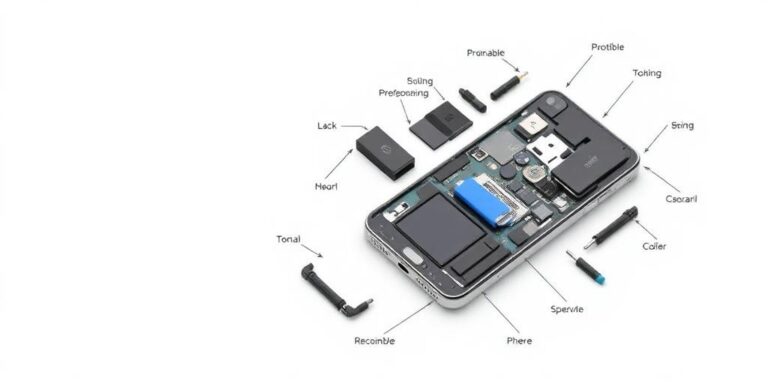Gadget Longevity: Designing Devices That Last (Beyond 2025)
In a world of rapidly evolving technology, the lifespan of our gadgets seems to shrink just as quickly. From smartphones to laptops, we’re often compelled to upgrade every few years, driven by software updates, performance demands, or simply the allure of the latest features. But what if we could design devices that last, reducing e-waste and promoting sustainable consumption? This post explores the key considerations for extending gadget longevity beyond 2025.
The Problem of Planned Obsolescence
Before diving into solutions, it’s important to acknowledge the issue of planned obsolescence. This refers to the deliberate design of products with a limited lifespan, encouraging consumers to purchase replacements more frequently. While not always intentional, planned obsolescence is often a consequence of design choices that prioritize cost savings or encourage upgrades.
Key Strategies for Gadget Longevity
Several strategies can be employed to design gadgets that stand the test of time:
- Modular Design: One of the most effective approaches is to adopt a modular design, where components can be easily replaced or upgraded independently. This allows users to extend the life of their devices by swapping out aging batteries, upgrading processors, or adding new features without replacing the entire unit. Project Ara, Google’s ambitious modular phone project, showcased the potential of this approach, although it was ultimately discontinued.
- Durable Materials and Construction: Using high-quality, durable materials is crucial for withstanding daily wear and tear. This includes scratch-resistant screens, robust casings, and reliable internal components. Investing in durable materials upfront can significantly extend the lifespan of a device.
- Software Support and Updates: Software support is just as important as hardware durability. Manufacturers should commit to providing long-term software updates, including security patches and feature enhancements, to keep devices running smoothly and securely. Without ongoing software support, even the most durable gadgets can become obsolete.
- Repairability: Designing devices with repairability in mind is essential for extending their lifespan. This means using standardized parts, providing accessible repair manuals, and making it easy for users or third-party repair shops to disassemble and fix devices. The right to repair movement is gaining momentum, advocating for policies that require manufacturers to make repair parts and information available to consumers.
- Open Source Software and Hardware: Open source platforms can foster community-driven innovation and support, extending the life of gadgets beyond the manufacturer’s official lifespan. Open source software allows users to modify and customize their devices, while open source hardware designs enable third-party manufacturers to create compatible components and accessories.
The Role of Manufacturers and Consumers
Extending gadget longevity requires a collaborative effort between manufacturers and consumers. Manufacturers need to prioritize durability, repairability, and long-term software support, while consumers need to demand these features and make informed purchasing decisions.
- Manufacturers:
- Invest in durable materials and construction techniques.
- Adopt modular designs for easy upgrades and repairs.
- Provide long-term software support and updates.
- Make repair parts and information readily available.
- Embrace open source software and hardware platforms.
- Consumers:
- Choose devices from manufacturers committed to durability and longevity.
- Consider repairability and upgradeability when making purchasing decisions.
- Take advantage of repair services and DIY repair options.
- Advocate for policies that promote the right to repair.
- Properly recycle or donate old devices.
The Future of Gadget Longevity
As we move towards 2025 and beyond, the demand for sustainable electronics will only increase. By embracing the strategies outlined above, we can design gadgets that last longer, reduce e-waste, and promote a more circular economy. The future of gadget longevity depends on a collective commitment from manufacturers, consumers, and policymakers to prioritize durability, repairability, and sustainability.




